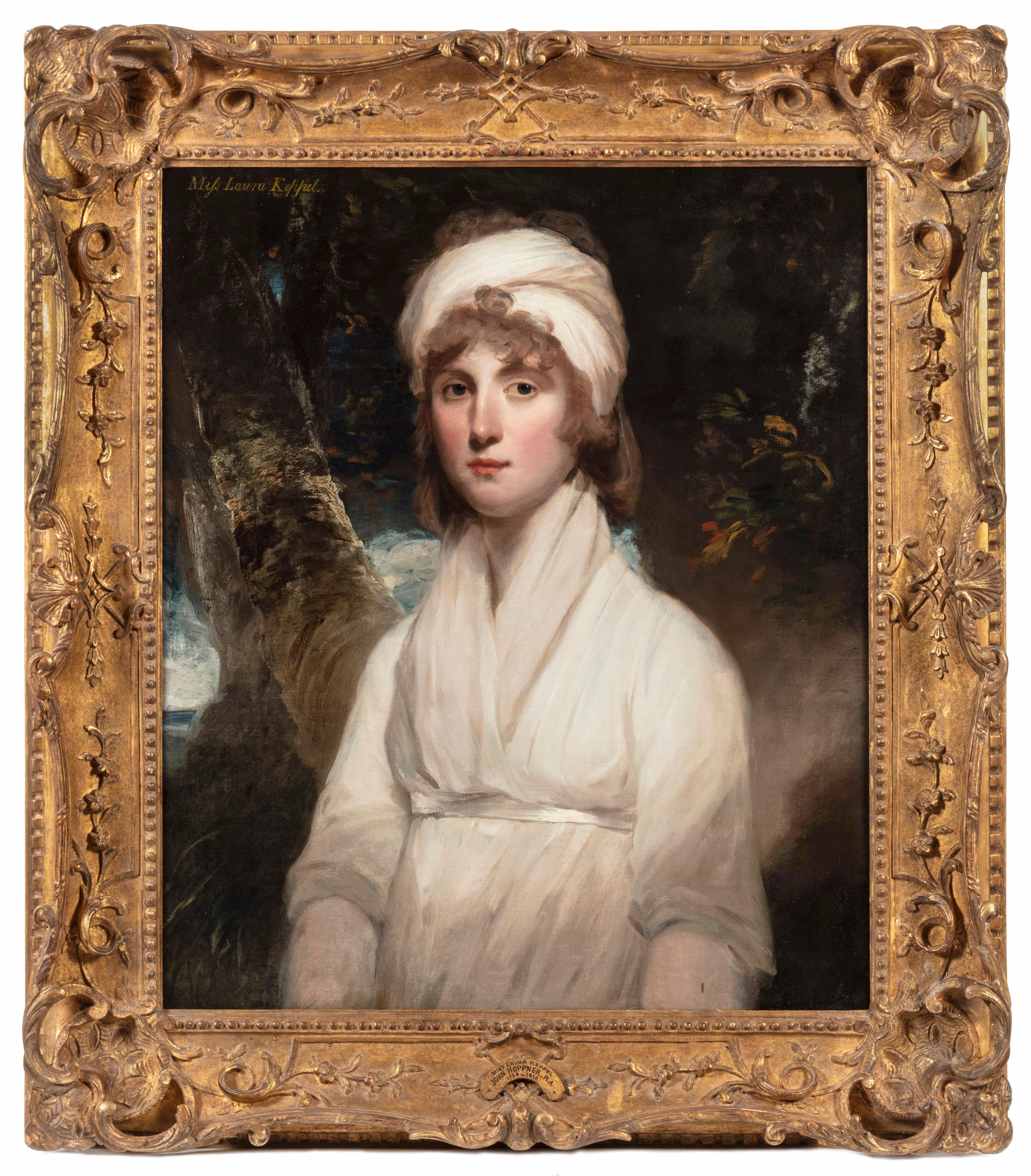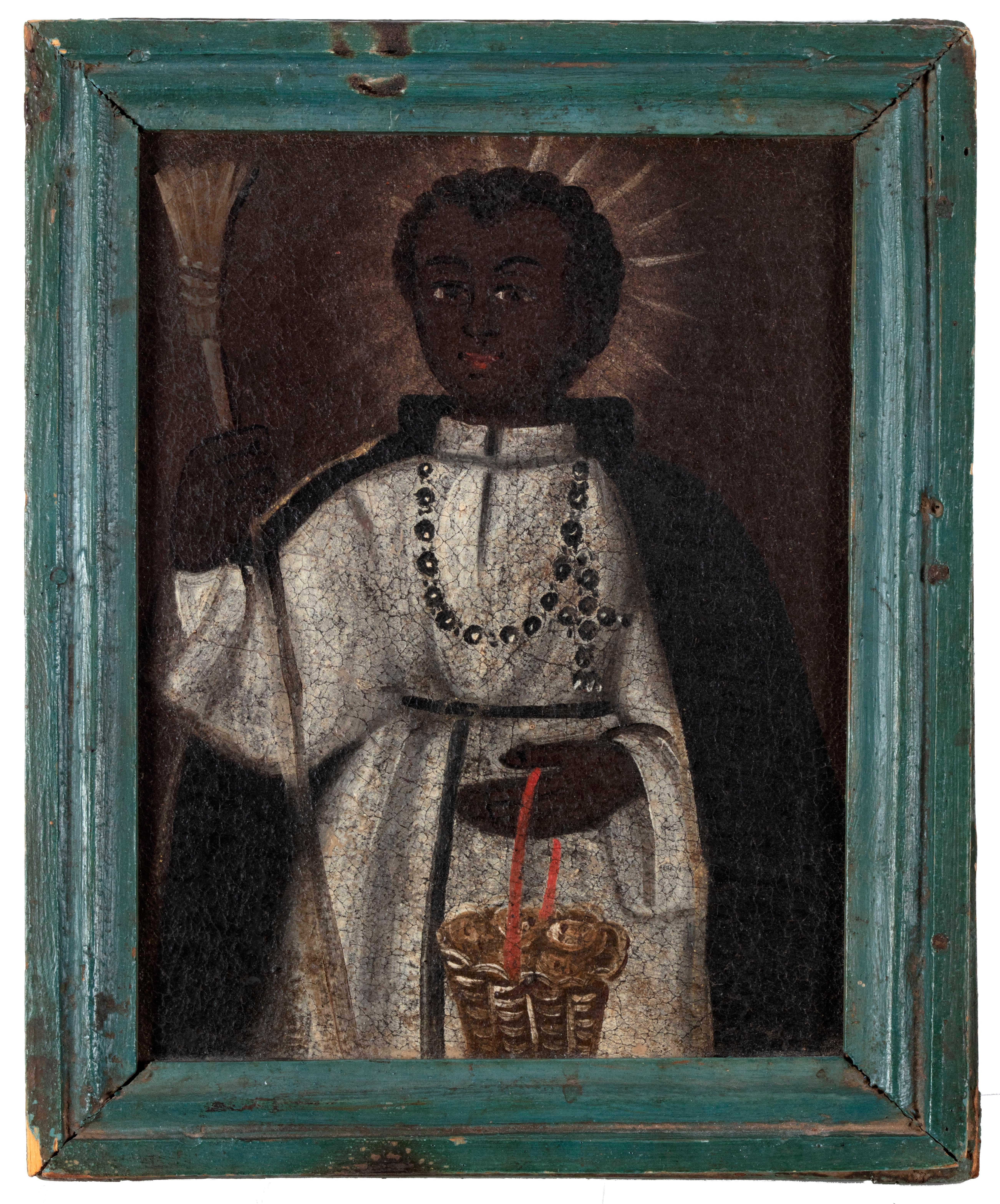Items Similar to Portrait Of A Nude Lady, circa 1900 by Philip de László (1869–1937)
Want more images or videos?
Request additional images or videos from the seller
1 of 11
Philip de László, 1869-1937Portrait Of A Nude Lady, circa 1900 by Philip de László (1869–1937)
About the Item
Portrait Of A Nude Lady, circa 1900
by Philip de László (1869–1937) sales to $280,000
Large 19th Century English portrait of a nude lady seated, oil on canvas by Philip de Laszlo. Excellent quality and condition three quarter length seated nude study of the young with a red drape upon her lap. Signed bottom right. Rare nude study by de Lazslo presented in a gilt reed frame.
Measurements: 46" x 37.5" framed approx
ARTIST BIOGRPAHY
Philip Alexius de Laszlo de Lombos studied at the school of industrial arts and the national school of drawing in Budapest, then under Liezenmayer in Munich, and finally under Jules Lefebvre and Benjamin Constant at the École des Beaux-Arts in Paris. He had a brilliant career as an official portraitist, working in Hungary, Austria, Germany, France, and later in England, where he settled. He can be ranked among the members of the English School, as he held the post of President of the Royal Society of British Artists from 1930.
He had the most official of careers, and his portraits were also highly official and high-powered, resembling their subjects closely. The skill and veracity of his portraits did not detract from his lightness of touch, however, particularly apparent in Countess Wantage, Lord Roberts, The Duchess of Rohan, The Prince of Holenlohe, Pope Leon XIII, Duchess of York, and Marshal Lyautey.
Philip Alexius de Laszlo de Lombos was awarded a gold medal at the Salon de Paris (1899) and also received gold medals in Munich, Düsseldorf and Saint Louis. He won a special gold medal at the International Exhibition in Venice, and then in Barcelona (1911). He received other awards in Amsterdam and Budapest. He was an associate of artistic societies in Brussels, Milan and Madrid, and belonged to the Société Nationale des Beaux-Arts in Paris. He was ennobled by the Emperor of Austria and received distinctions from the French, Prussian, German, Spanish Swedish and Italian governments.
Museum and Gallery Holdings
London (National Portrait Gal.): oil on canvas, oil/cardboard, 13 portraits
London (Tate Collection): Lady Wantage (1911, oil on canvas); Judge Turner (painting, on loan from a private collection since 1935)
Bibliography
Schleinitz, O. von: P. A. von Laszlo, Velhagen & Klasing, Bielefeld, Leipzig, 1913.
Baldry, A.L.: ‘The Work of P. A. de Laszlo’ in The Studio, periodical, London, 1921.
- Creator:Philip de László, 1869-1937 (1869 - 1937, Hungarian)
- Dimensions:Height: 46 in (116.84 cm)Diameter: 37.5 in (95.25 cm)
- Medium:
- Period:
- Condition:
- Gallery Location:Blackwater, GB
- Reference Number:
About the Seller
4.8
Platinum Seller
These expertly vetted sellers are 1stDibs' most experienced sellers and are rated highest by our customers.
Established in 2008
1stDibs seller since 2021
195 sales on 1stDibs
Typical response time: 1 hour
- ShippingRetrieving quote...Ships From: Blackwater, United Kingdom
- Return PolicyA return for this item may be initiated within 14 days of delivery.
More From This SellerView All
- Portrait Of William Burdon-Muller, Santiago, Chile, dated 1899Located in Blackwater, GBPortrait Of William Burdon-Muller, Santiago, Chile, dated 1899 by HENRY HARRIS BROWN (BRITISH, 1864-1948) Large 1899 portrait of William Burdon-Mu...Category
Early 19th Century Portrait Paintings
MaterialsCanvas, Oil
- The Penitent Magdalene, 17th Century circle of CARLO DOLCI (1616-1686)Located in Blackwater, GBThe Penitent Magdalene, 17th Century circle of CARLO DOLCI (1616-1686) Large 17th century Italian old Master depiction of the Penitent Magdalene, oil on ...Category
17th Century Portrait Paintings
MaterialsCanvas, Oil
- Erato, Goddess Of Art Science & Literature, 19th CenturyLocated in Blackwater, GBErato, Goddess Of Art Science & Literature, 18th Century Signed L Bonet 76 Huge 18th Century French School Old Master depiction of Erato goddess of Art, Science & Literature, oil o...Category
19th Century Portrait Paintings
MaterialsCanvas, Oil
- Sketch Of Nude Bathers, 1938 William Russell FLINT (1880-1969)By William Russell FlintLocated in Blackwater, GBSketch Of Nude Bathers, 1938 William Russell FLINT (1880-1969) Large circa 1930 study of nude bathers, oil on panel attributed to William Russell F...Category
Mid-20th Century Portrait Paintings
MaterialsCanvas, Oil
- The Battle Of The Peasants, 17th Century by M D HOUT (1627-1680)Located in Blackwater, GBThe Battle Of The Peasants, 17th Century by M D HOUT (1627-1680) Large 17th Century Dutch Old Master scene of peasants fighting, oil on panel by M ...Category
17th Century Portrait Paintings
MaterialsCanvas, Oil
- Portrait Of Giuseppe Garibaldi (1807-1882), 19th CenturyLocated in Blackwater, GBPortrait Of Giuseppe Garibaldi (1807-1882), 19th Century Rare original Italian School portrait Large 19th Century Italian School portrait of ...Category
Early 19th Century Portrait Paintings
MaterialsCanvas, Oil
You May Also Like
- Venice Landscape Italian Oil on Canvas Painting in Gilt Wood Frame, Belle EpoqueLocated in Firenze, ITThis delightful turn of the century (early 20th century) oil on canvas painting represents an Italian landscape with one of the most famous squares in the world: Piazza San Marco in ...Category
Early 20th Century Impressionist Landscape Paintings
MaterialsCanvas, Oil
- Portrait of a GentlemanBy Ippolito Scarsella (Scarsellino)Located in New York, NYProvenance: Suida-Manning Collection, New York Private Collection Exhibited: Venetian Paintings of the Sixteenth Century, Finch College Museum of Art, New York, October 30-December 15, 1963, no. 31. Veronese & His Studio in North American Collections, Birmingham Museum of Art, Oct. 1-Nov. 15, 1972, and Montgomery Museum of Fine Arts, Dec. 5-Dec. 31, 1972 Literature: Robert L. Manning, A Loan Exhibition of Venetian Paintings of the Sixteenth Century, exh. cat. New York 1963, cat. no. 31ill., as by Veronese Stephen Clayton and Edward Weeks, eds., introduction by David Rosand, Veronese & His Studio in North American Collections, Birmingham 1972, as by Veronese, p. 38 ill. Terisio Pignatti, Veronese, Venice 1976, I, p. 199, cat. no. A225, II, fig. 908, as attributed to Veronese Terisio Pignatti and Filippo Pedrocco, Veronese; catalogo completo dei dipinti, Florence 1991, no. 54°, as attributed to Veronese. Terisio Pignatti and Filippo Pedrocco, Veronese, Milan 1995, II, pp. 517-518ill., cat. no. A 56, under attributed paintings, by Veronese and workshop) John Garton, Grace and Grandeur; The Portraiture of Paolo Veronese, London-Turnhout 2008, p. 237, fig. 77, cat. no. R16, as workshop of Veronese. Scarsellino’s art is widely regarded as critical link between the Renaissance and the Baroque styles in Emilian painting; not only was he an important transmitter of the heritage of the Renaissance, but he was also open to innovative ideas, and was one of the earliest to experiment with the trend to naturalism that would become fundamental to art of the new century. Born around 1550, he received his earliest training from his father Sigismondo, an architect and painter; it was probably while working at his father’s side as a youth that he acquired the nickname Scarsellino, or “little Scarsella”. After absorbing the principles of his art in Ferrara and Parma, he went to Venice in 1570, staying for four years and working in the shop of Veronese. In the following decade, his art —especially in terms of its piety and its development of landscape— demonstrates a strong sympathy with that of the Carracci, with whom he worked in 1592-1593 at the Palazzo dei Diamanti in Ferrara. Maria Angela Novelli and later Alessandra Frabetti both propose that Scarsellino traveled to Rome, although such a trip has not been documented; if he did travel to Rome, it probably would have occurred during the years that Scarsellino’s colleagues Agostino and Annibale Carracci were there, that is, beginning in 1595 and until 1609. The last decades of Scarsellino’s career again involve stylistic experimentation, this time in a manner that would bring his work very close to the progressive figurative naturalism of Carlo Bononi and prepare the way for Guercino. The present portrait of a distinguished gentleman had been long thought to be by Paolo Veronese and was in fact attributed to him by such distinguished connoisseurs as Adolfo Venturi and Wilhelm Suida. The portrait’s style is, however, distinct from Veronese’s, although clearly indebted to it, and the attribution to the young Scarsellino is wholly convincing. The painting would then date from the 1570s – a date confirmed by the costume the subject wears. The puffed hat that appears in the painting had a rather short-lived vogue in the early 1570s. One sees it in Giambattista Moroni’s Portrait of Count...Category
18th Century and Earlier Baroque Portrait Paintings
MaterialsCanvas, Oil
- Portrait of Laura Keppel, later Lady SouthamptonBy Sir John HoppnerLocated in New York, NYInscribed, upper left: “Miss Laura Keppel” Provenance: Commissioned from the artist and by descent in the Keppel family estate, Lexham Hall, Norfolk, to: Major Bertram William Arnol...Category
18th Century Paintings
MaterialsCanvas, Oil
- Saint Martin de PorresLocated in New York, NYProvenance: Private Collection, New York, until 2022. Martín de Porres was born in Lima in 1579, the illegitimate son of a Spanish-American father, J...Category
Late 18th Century Paintings
MaterialsCanvas, Oil
- Portrait of a GentlemanLocated in New York, NYCircle of Jacques-Louis David (French, 18th Century) Provenance: Private Collection, Buenos Aires Exhibited: “Art of Collecting,” Flint Institute of Art, Flint, Michigan, 23 November 2018 – 6 January 2019. This vibrant portrait of young man was traditionally considered a work by Jacques-Louis David, whose style it recalls, but to whom it cannot be convincingly attributed. Rather, it would appear to be by a painter in his immediate following—an artist likely working in France in the first decade of the nineteenth century. Several names have been proposed as the portrait’s author: François Gérard, Louis Hersent, Anne-Louis Girodet (Fig. 1), Theodore Gericault, and Jean-Baptiste Wicar, among others. Some have thought the artist Italian, and have proposed Andrea Appiani, Gaspare Landi...Category
18th Century Old Masters Paintings
MaterialsCanvas, Oil
- Portrait of George and Edward Finch-Hatton in Van Dyck DressBy David MartinLocated in New York, NYAppointed Portrait Painter to the Prince of Wales in Scotland in 1785, David Martin was the leading Scottish portrait painter of his generation. The artist is best known in the United States for his portrait of Benjamin Franklin, which is in the White House collection, Washington, D.C. The sitters depicted in this double portrait were the sons of the British diplomat Edward Finch-Hatton. George (1747-1823), later of Eastwell Park, Kent, is shown seated, reading an ancient charter or medieval manuscript...Category
18th Century and Earlier Paintings
MaterialsCanvas, Oil





